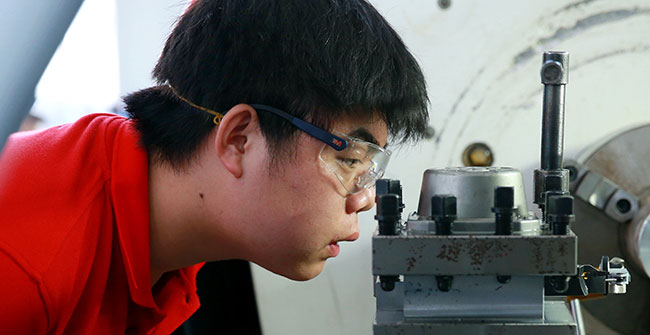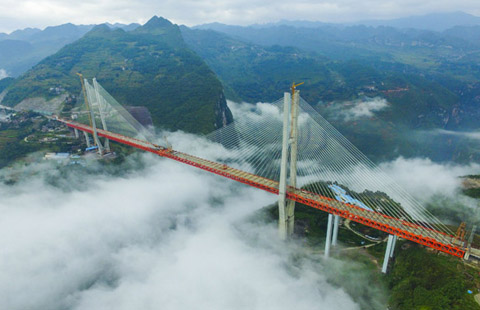Hongya hosts Beijing Dialogue of China Tourism Development
By Huang Zhiling in Hongya, Sichuan (chinadaily.com.cn) Updated: 2016-09-12 19:42Organized by Beijing International Studies University, the 13th Beijing Dialogue of China Tourism Development was held on Monday in Hongya county, Sichuan province.
The dialogue drew more than 300 government officials, researchers and leaders in the tourism and medical tourism sectors to Qiliping in Hongya to compare notes on the development of the sectors and of tourism in the area.
Speaking at the opening ceremony, Cao Weidong, president of Beijing International Studies University, said that the dialogue was of great significance to the development of China's tourism and medical tourism sectors as well as poverty alleviation in West China.
Monday marked the first time the dialogue has been held in West China since its debut in 2004, said Yang Yunliang, Party chief of Hongya.
Hongya is one of Sichuan's less developed county's, but it boasts abundant tourism resources.
Qiliping is known as the mountainside of Mount Emei, one of the four sacred Buddhist mountains in China.
The others are in Wutai, Shanxi province; Jiuhua, Anhui province; and Putuo, Zhejiang province.
Buddhism spread to Mount Emei about 2,000 years ago, and the mountain, with its approximately 30 monasteries, is a pilgrimage destination for Buddhists today.
Emei is a poetic term for "beautiful women" in Chinese.
Covering 154 square kilometers, Mount Emei was included in the UNESCO World Natural and Cultural Heritage List in 1996.
The mountain offers a panoramic view of the landscape throughout the year.
In spring, its azaleas are a vibrant red.
In summer, its lush green trees and grass give it a verdant look.
In autumn, the mountain is a riot of colors; the green, yellow, orange and red of the trees mingling with the blue sky.
And in winter, the mountain becomes a white wonderland, with the ancient temples, trees and mountain slopes covered in snow.
- It's anchors aweigh in South China Sea
- Global satellite network planned to boost internet
- Progress in judicial protection of rights
- Hangzhou sees boom in tourism after G20 Summit
- Scientists discuss 'air corridor' of south to north water diversion
- China to assist in SE Asian upgrade
- Navy drill highlights strong ties
- Tianjin mayor suspected of corruption, faces probe
- President Xi congratulates opening of Schwarzman College
- In visit to alma mater, Xi calls for equality











